The world is filled with jaw-dropping sights, but rapid climate change is threatening some of the most spectacular natural wonders. Here are just a few of the world’s most majestic places that could disappear in as little as a few decades.
Great Barrier Reef, Australia
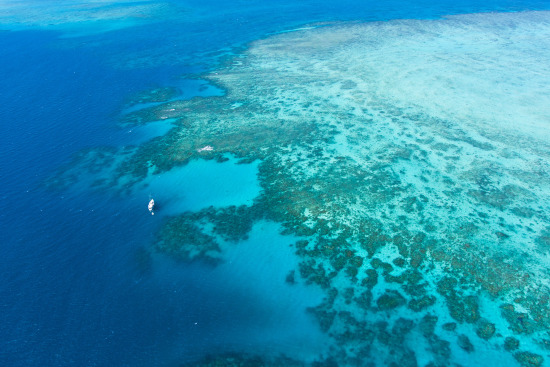 Ippei Naoi—Getty Images
Ippei Naoi—Getty Images
The largest coral reef in the world, which covers more than 133,000 sq miles (344,400 sq km), has long been an attraction Down Under. Yet increasing environmental challenges have been steadily eroding the structure for years now. From rising ocean temperatures to an influx of pollution, this natural wonder could be destroyed within the next 100 years.
Venice, Italy
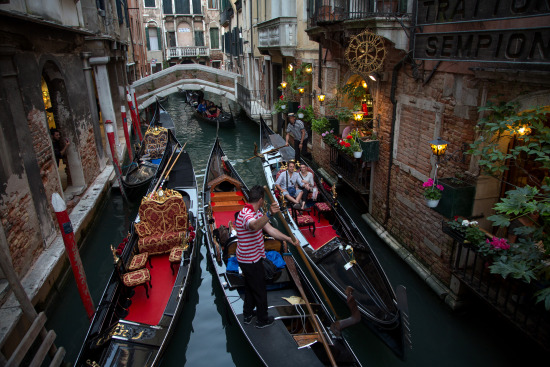 Holger Leue—Getty Images
Holger Leue—Getty Images
The Italian city, long heralded as one of the most romantic in the world thanks to its charming canals, is facing ruin. The city of canals has long been sinking, but an uptick in the number of increasingly severe floods each year could leave Venice uninhabitable by this century’s end.
The Dead Sea
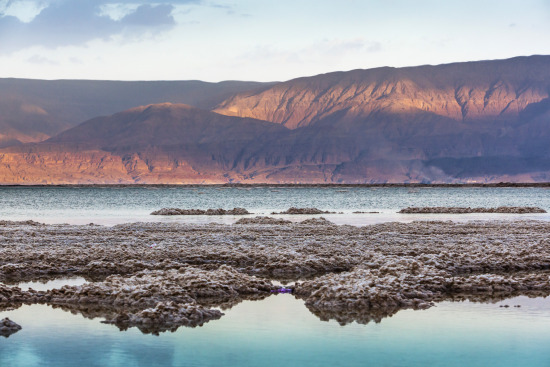 Reynold Mainse—Getty Images
Reynold Mainse—Getty Images
The ancient and salty Dead Sea is the site of both history and healing. Yet in the last 40 years, the lake has shrunk by a third and sunk 80 feet. Experts believe it could disappear in as little as 50 years, due to neighboring countries drawing water from the River Jordan (the Sea’s only water source).
Glacier National Park, Montana
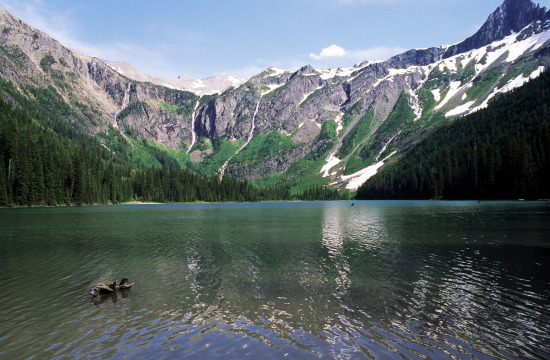 DeAgostini—Getty Images
DeAgostini—Getty Images
Once home to more than 150 glaciers, Montana’s majestic national park now has fewer than 25. Rapid climate change could see that number shrink to zero by 2030, which would not only leave the park without a glacier, but also severely disrupt its ecosystem.
Maldives
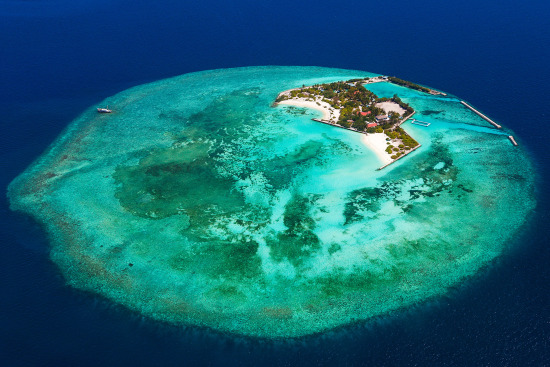 Marco Prosch—Getty Images
Marco Prosch—Getty Images
As the lowest-lying country on Earth – with an average elevation of around five feet above sea level – this beautiful island nation could be completely engulfed by water within the next 100 years if sea levels continue to rise. The risk has become so great the Maldivian government has purchased land in other countries for citizens who face displacement.
Seychelles
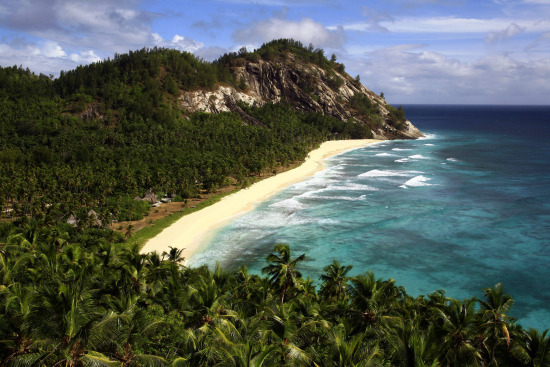 Majority World—UIG/Getty Images
Majority World—UIG/Getty Images
The epitome of a tropical paradise, the Seychelles is a collection of around 115 islands in the Indian Ocean and home to numerous luxury resorts (not to mention a population of nearly 90,000 citizens). Yet the islands are in danger due to beach erosion, after already seeing a devastating coral die-off. Some experts believe that in 50 to 100 years, the entire archipelago could be submerged.
The Alps
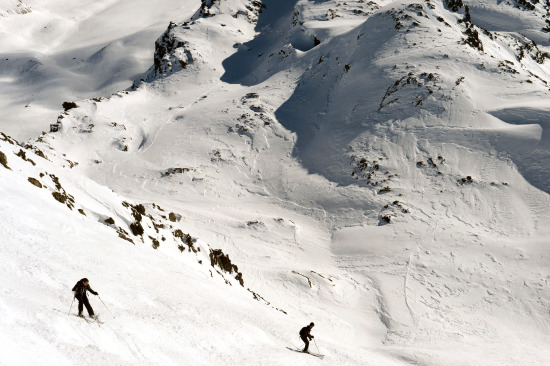 Philippe Desmazes—AFP/Getty Images
Philippe Desmazes—AFP/Getty Images
One of the most famous skiing regions in the world, the Alps sit at a lower altitude than the Rocky Mountains, which leaves the range more susceptible to climate change. Around 3% of Alpine glacial ice is lost per year and experts believe that the glaciers could disappear entirely by 2050.
Magdalen Islands, Quebec, Canada
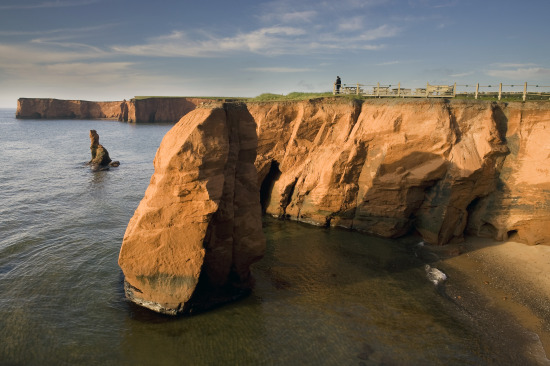 Ron Erwin—Getty Images
Ron Erwin—Getty Images
With sandy beaches and sandstone cliffs, the Magdalen Islands are a lovely getaway spot in the Gulf of St. Lawrence. Yet the archipelago is regularly pelted by heavy winds and despite a wall of sea ice blunting the worst of the weather, the island’s coast currently erodes up to 40 inches a year. Even more troubling: that protective ice is rapidly melting. If experts are correct and the ice melts completely within the next 75 years, the island’s shores will be vulnerable to the area’s destructive storms.
Alaska
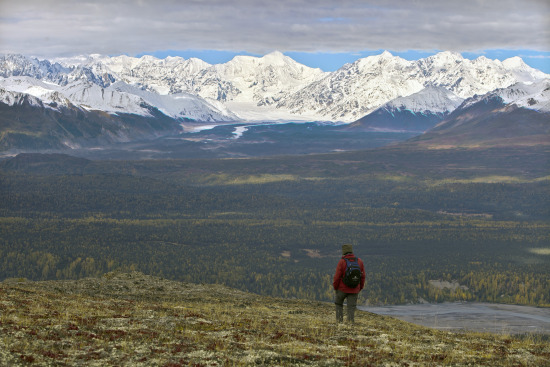 Paul Zizka—Getty Images
Paul Zizka—Getty Images
The Alaskan tundra is one of the most distinctive features of America’s northernmost state. Yet climate change has led to the thawing of the region’s permafrost, which not only damages infrastructure but also dramatically alters the current ecosystem.
Athabasca Glacier, Alberta, Canada
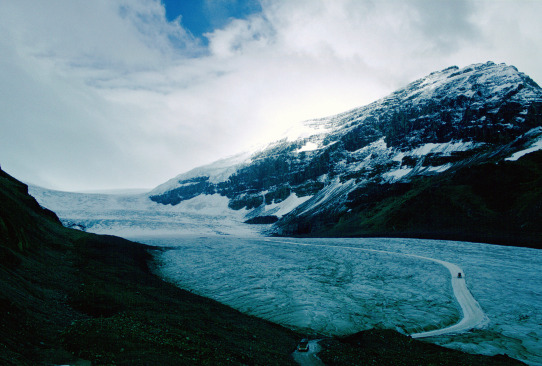 Tim Graham—Getty Images
Tim Graham—Getty Images
The most-visited glacier in North America, Alberta’s Athabasca Glacier is a part of the Columbia Icefield spanning 2.3 square miles (6 sq km). Yet the glacier has been melting for the past 125 years, with its Southern edge retreating nearly a mile in that timeframe. Experts believe the glacier is now shrinking at its fastest rate yet and is currently losing anywhere between 6.6 to 9.8 feet a year.
Source: Time

Leave A Comment
You must be logged in to post a comment.